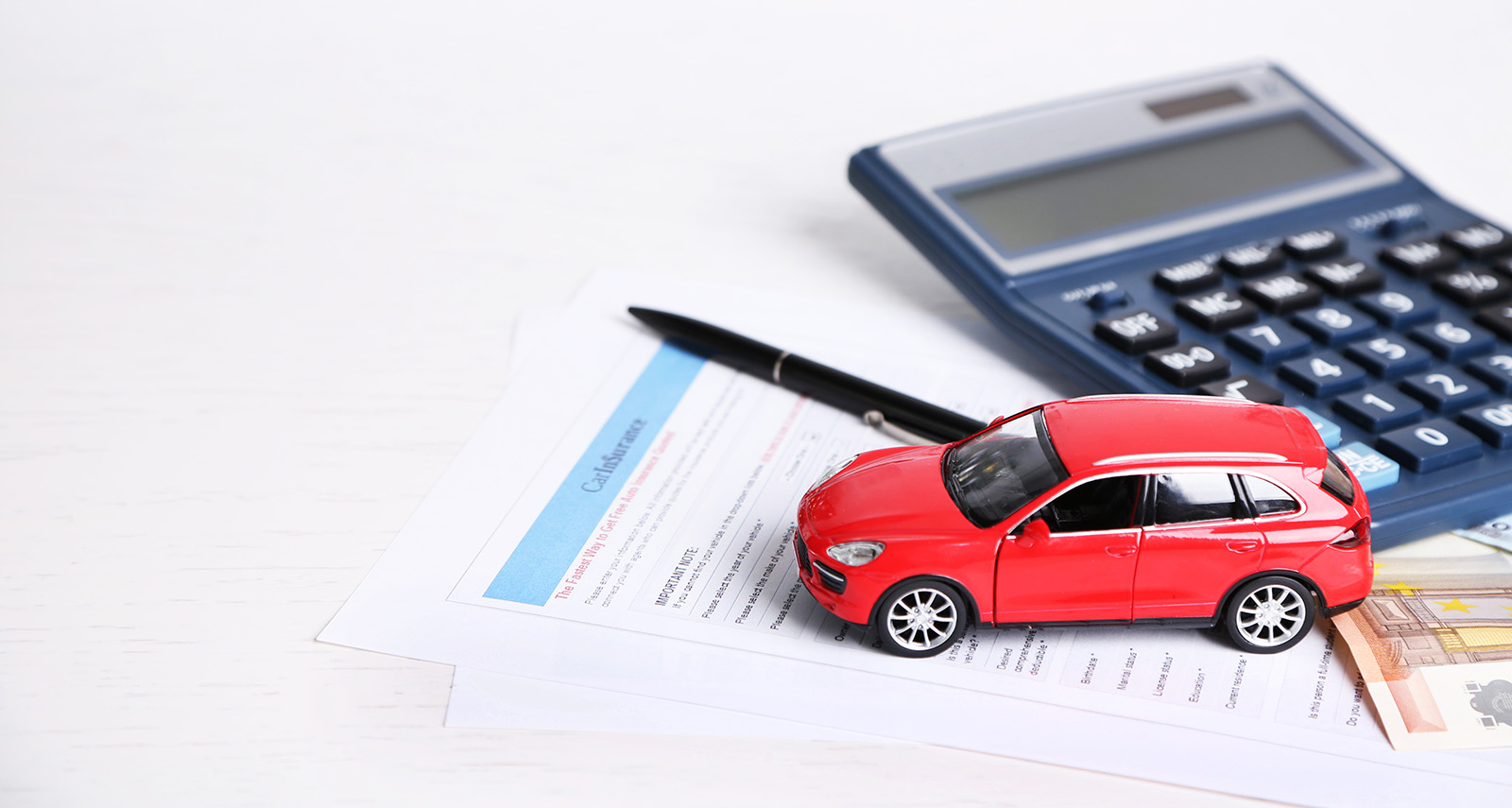Imagine that your spouse or a family member has decided to buy a car and are using all tools, like a Car Loan EMI Calculator, to figure out which car they want to buy. Once they have the budget all worked out, they approach a bank, on an NBFC, for the loan. It gets approved, and they soon become the proud owner of a new car! But then fate intervenes, and due to an unfortunate instance, they pass away. Now the question is, what happens to your car loan? Before we tell you what your options are, first, let’s quickly understand what a car loan is.
Table of Contents
Secured Loans vs Unsecured Loans
A secured loan is taken based on collateral. It means that if payments are not made towards the repayment of the loan, the collateral can be used to recover the balance amount. Unsecured loans are the exact opposite. They don’t have any collateral attached to them. The simplest examples would be a car loan (secured) vs a personal loan (unsecured).
Repaying the Car Loan
Now that it comes to repayment of the car loan, you have two options: pay it, or don’t pay it. And these options don’t just apply to the borrower’s family members; they apply to guarantors and consigners of the loan.
What if You Don’t Pay it?
If you decide that you will not need the car or want to keep it, you may choose not to repay the loan. In this case, the bank, or financial institution, that gave you the loan will repossess the vehicle. Once repossessed, they have the liberty to sell the vehicle themselves to recover the balance amount yet to be paid.
What if You Decide to Keep the Car?
If you decide to keep the car, you will be liable to repay the loan’s remainder. It is a decision you should make only after careful consideration of your new financial situation. This is where a Car Loan Eligibility Calculator will help you see what the monthly repayments will be. This Car Loan Calculator will also help you understand if you can afford the loan or not.
If you are sure that you will keep the car, then here’s what you’ll need to do.
- Inform the lenders that the owner of the car has passed away.
- Inform the lenders that you will be making the repayment of the car loan.
- Ensure that you make all payments on schedule to avoid repossession of the vehicle.
- Once it’s paid for, get a no dues certificate from the lender stating that the loan has been repaid.
- Go to the RTO (Road Transport Office) and have the hypothecation on the car removed.
- You can now get it transferred to your name too. To do that, you’ll need to submit a few documents. This will include a will declaring you the car owner or a certificate of succession from the court declaring you the legal heir to the car and all other documents related to the car.
What if there is a Cosigner or a Guarantor?
The options available to guarantors and cosigners are pretty much the same. If you are the guarantor of the loan, you can either take over the loan’s repayment or inform the bank to repossess the vehicle and recover the balance from its sale.
Guarantors are not mandatory for car loans but may be required if the applicant doesn’t meet the eligibility criteria or the bank/NBFC doubts the repayment capability. The only difference between the two is that a guarantor doesn’t sign for the loan and can be held liable only if the lender has tried every other legal means to get repayments from the borrowers.
Preparing for the Worst
A good strategy to reduce financial burdens on family members is to take insurance to secure debts. For example, if an insurance policy in place provides the borrower’s heirs with a lump sum payment, then that money can be used to repay the car loan. Check your eligibility using CRED’s Car Loan EMI Calculator today.




/GettyImages-1163111044_20002-39ce96e4143c495fa3e25025a2b834be.png)